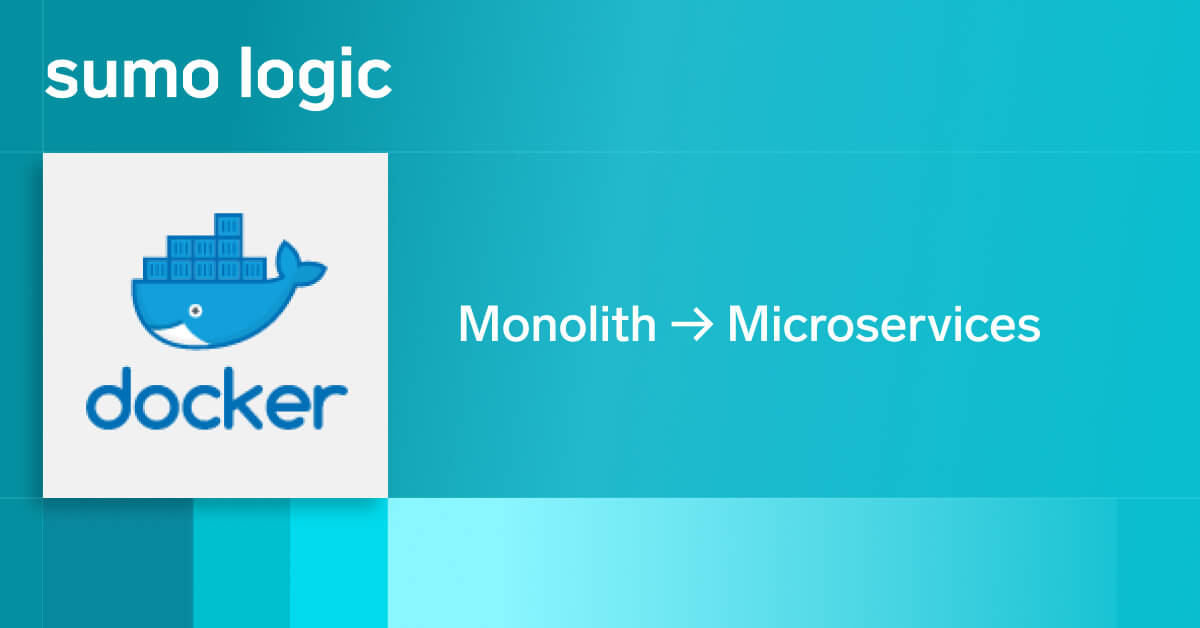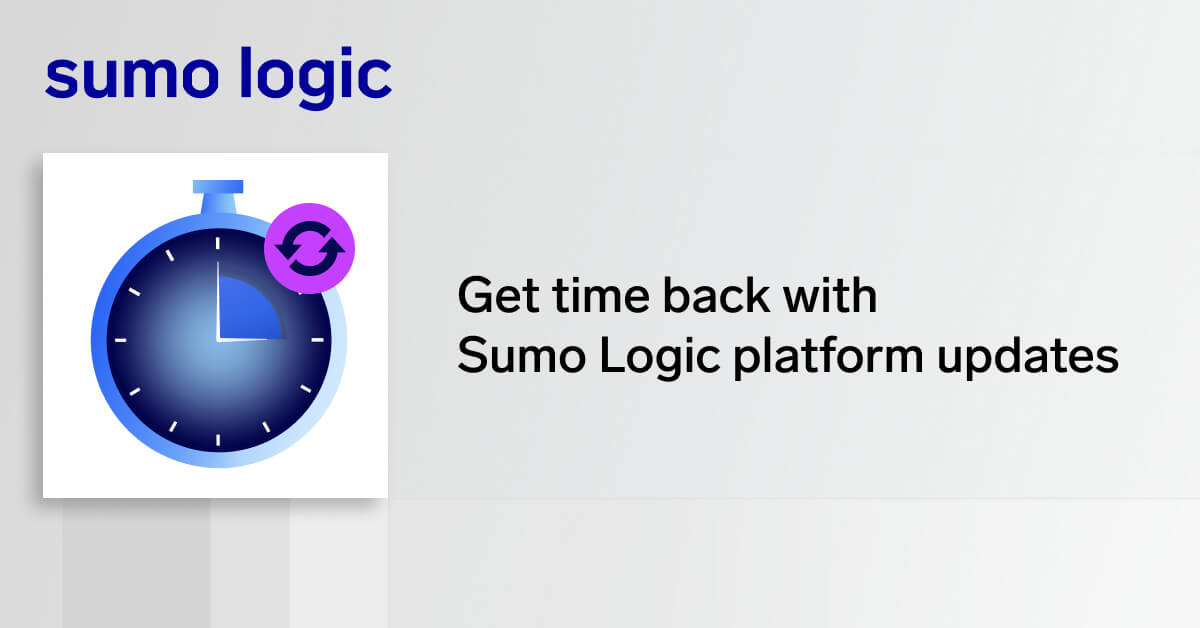Cyber security is continuously increasing in relevance, and for good reasons. Hackers are carrying out attacks in a sophisticated manner in order to access sensitive data, and virtually anyone can fall victim to vicious cyber attacks. This leads to the necessity of applying proper precautionary measures in order to detect, investigate, and prevent malicious attacks.
Today, there is a wide range of cyber security solutions that you can use to protect yourself from cyber threats. But one specific technology has been booming in recent years and has caught the attention of the cyber security community – SOAR. In fact, a recent study by Gartner estimates that by 2020, over 30% of organizations larger than five people will rely on SOAR. And that begs the question – what is SOAR, and what makes this particular solution stand out from the crowd?
What is SOAR about?
SOAR can simply be explained as the technology that is used to protect networks and devices from cyber threats, attacks, and unauthorized access. But then again, there are other technologies that protect networks and devices from attacks, such as endpoint detection and intrusion prevention systems, for example. So, what makes SOAR special?
In order to understand the essence of SOAR and why this technology has come a long way since its inception, we’ll need to dig a little deeper:
-
What is SOAR? SOAR stands for Security Orchestration Automation and Response. The term SOAR was coined by Gartner in 2017. The term describes the merging of three distinct and interconnected markets. This includes security orchestration and automation (SAO), threat intelligence platforms (TIP), and security incident response platform (SIRP). In other words, SOAR relies on machine learning and automation to provide cyber security services unlike any other solution on the market.
-
How is SOAR different from other security technologies? The way it differs from other cyber security systems is that SOAR uses automation to go above and beyond manual labor-work, learn repeatable pattern behavior, and tell apart real threats from false disturbances. SOAR combines comprehensive data gathering, analytics, and case management to allow organizations to closely integrate their workflow process with SOAR from one integrated platform.
In layman’s terms, SOAR basically protects a network from outside attacks in an AI, machine-learning manner. It uses intelligence to recognize and remember repeatable patterns of behavior and offers a centralized, highly integrative platform that allows SecOps teams to handle operations from one single place.
How does SOAR work? An in-depth explanation
We mentioned that SOAR uses AI to recognize pattern behaviors, but how does that help security operation teams exactly? It helps SOCs by improving the efficiency of physical and technical operations in a way that allows the workflow processes to be automated, thus freeing up a lot of time for the staff to concentrate on more important problems.
Furthermore, the unique set of capabilities that SOAR offers to organizations can be explained in the following order:
-
Orchestration: When triaging or responding to an advanced threat, analysts and SecOps teams are often required to interact with many individual technologies, manually perform tasks in each technology, and correlate information by hand before an informed decision can be made. Through the orchestration of technology, processes, and people, SOAR enables teams to work as a unified entity to ensure that security programs operate optimally.
-
Measurement: Measurement of security information is key for making informed tactical and strategic security decisions. SOAR supports multiple methods for displaying and visualizing all information effectively and easily comprehensibly. By aggregating intelligence from a wide range of sources and presenting them via visual, custom-built dashboards, SOAR helps organizations minimize paperwork while improving coordination between the C-suite and the frontline.
-
Automation: Unlike other solutions, such as SIEM, which generate a lot of alerts and incidents that need to be manually investigated by SecOps, SOAR uses AI to recognize real threats and false threats that can often be tiresome and time-consuming. SOAR automates the most basic forms of threat analysis, thus eliminating the need for SecOps teams to go through daily checks manually and freeing up their time to look into threats that require their attention.
SOAR takes an all-size-fits-all approach, which is an easily customizable technology. This allows clients to adjust their SOAR solution to reflect their ongoing workflow operational process best. SOAR offers a single tool from which SecOps, CSIRT teams, analysts, SOCs, and MSSPs can swiftly carry out their security operational tasks.
Flexible integrations with other security tools
Furthermore, SOAR easily integrates with other security tools, allowing clients to establish bi-directional integrations with security products that aren’t initially supported. For instance, our Cloud SOAR platform supports common integrations such as:
-
Syslog
-
Database connections
-
APIs
-
Email and online forms
-
CEF
-
OpenIOC
-
STIX/TAXII
The methods used to support this flexible integration may vary but could include scripting languages such as Perl or Python, APIs or proprietary methods.
Why is SOAR becoming an integral part of the cybersecurity world?
As it is with any technology, SOAR was born out of the problems that existing solutions couldn’t efficiently tackle and resolve. The problems previous security technologies couldn’t resolve drove the creation of a new cyber security solution that incorporates security, orchestration, automation, and response. And those problems are:
-
Increased workload: Other security solutions, like SIEM, generate a large number of alerts, which prevents SecOps teams from responding to them and also be effective. But the biggest problem is that not all those alerts are cyber threats. Some may be false alerts, meaning the SecOps team spent time checking those alerts in vain.
-
Time-consuming and repetitive tasks: Regulating, detecting, and preventing cyber threats become overwhelmingly tedious. With each passing day, SecOps teams have to deal with repetitive tasks that, if automated, could save much of their time. SOAR’s AI-learning capabilities allow the solution to recognize repeatable behavior patterns and autonomously respond to recurring threats.
-
Manual workflow process: Other cyber security solutions, like SIEM, need to be manually tuned and constantly tailored to detect digital threats efficiently. This is a tiresome task that burns resources, time, and effort. On the other hand, SOAR is completely automated and highly customizable, meaning that once the clients choose their preferences of what course of action they want SOAR to take, SOAR will take matters into its own hands, completely liberating SecOps teams from manually operating the solution.
In this regard, SOAR allows SecOps teams to properly tackle alerts quickly and efficiently while also leaving time for threats that matter, resulting in more productive operations of the SOC as a whole.
False positives and false negatives
One of the reasons why SOAR is becoming increasingly popular among SecOps teams is that it allows them to distinguish false positives and false negatives:
-
False positives are mislabeled alerts or potential threats that bring zero risks to the integrity of the security operations center (SOC).
-
False negatives are uncaught threats. These are usually alerts that the SecOps teams miss or deem harmless but prove very dangerous to the SOC.
In this regard, SOAR allows SecOps better to organize their time, effort, and resources. SOAR uses automation to recognize which threats are real and which aren’t. Other cyber security systems, like SIEM, for instance, don’t incorporate the ability to recognize patterns of recurring alerts. On the other hand, SOAR uses machine learning to gradually learn to repeat false positives and false negatives.
SOAR vs. SIEM – How are they different?
By now, we have covered what SOAR is and how it helps organizations enhance their security system. Still, many confuse the terms SOAR and SIEM in the cyber security industry. And even though SOAR and SIEM have a few components in common, it’s very important to underline the specific uses of these two cyber solutions to understand what their benefits are:
-
SIEM: The term SIEM stands for Security Information and Event Management. SIEM collects and stores security data at a centralized platform where SecOps can convert that data into actionable intelligence. This includes all types of data like network logs, firewall logs, hashes of download files, and antivirus logs. Once the data is compiled, analysts can assess and properly analyze the data.
-
SOAR: While SOAR also compiles data and alerts SecOps of any possible alerts in a centralized platform, this solution goes further and provides capabilities not present in SIEM technology. SIEM only alerts analysts of possible threats, and while SOAR does the same thing, it also automates responses and learns pattern behaviors to anticipate similar threats in the future, thus making detecting and resolving threats easier for SecOps and analysts.
SOAR integrates security tools and enables SOC teams to automate and orchestrate tiresome and repetitive manual tasks. For instance, SIEM only notifies the analysts of a potential threat to the system, and the analysts have to check those threats manually. With SOAR, machine-learning is applied to the system, which allows the technology to recognize recurring patterns and remember what response to certain repetitive tasks. This is the main benefit of the AI-enhanced technology SOAR.
Do I need SIEM if I have SOAR?
In reality, SOCs can function without an SIEM or SOAR solution, but that would be like bringing a knife to a gunfight. SIEM and SOAR offer advanced cyber protection solutions, with the difference that SOAR goes beyond the traditional threat-alert method that SIEM implements. And with that, many professionals wonder whether they would still need SIEM if they apply a SOAR solution. But instead of arguing which solution is best for your organization, why not consider using both?
-
SOAR and SIEM combining their powers: SIEM specializes in detecting many alerts generated daily, and SOAR is far more qualified at effectively responding to them. Both SIEM and SOAR can join forces to complement one another and create a more robust, efficient, and concise security system.
-
Perfectly integrating: Certain SOAR solutions, like our Cloud SOAR, support various SIEM integrations. Working together, they ensure that every alert is properly addressed and dealt with promptly.
Working alongside SIEM, SOAR will take advantage of SIEM’s capability to compile a large volume of data and manage incident response precisely. While SOAR is perfectly capable of detecting threats itself and is more advanced at dealing with those threats, combining SOAR and SIEM would allow the two solutions to create one comprehensive, well-oiled cyber security system.
The clear perks of implementing a SOAR
By now, it should be clear what the benefits of using a SOAR for your organization are:
-
Protect your business
-
Unification of the workflow process
-
Incident management
-
Enhanced coordination
-
Increase in productivity
-
Boost client confidence
-
Technology integrations
Bottom line is, as the technology advances, allowing hackers to bolster their means of attacking organizations and businesses, you’ll need an appropriate, AI-learning solution that’ll be your first line of defense in the cyber world. And the best solution is, without a doubt, SOAR.


